BY MADELEINE MACCAR
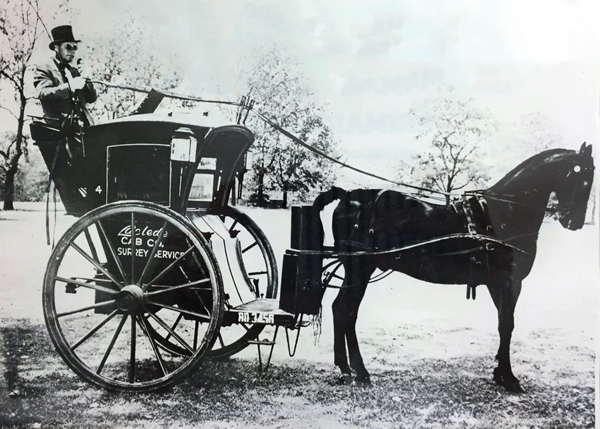 In 1917, a small group of taxi operators—including John Hertz of famed car rental service hertz—got together in Washington, D.C., for the very first meeting of what would become the National Association of Taxicab Owners.
In 1917, a small group of taxi operators—including John Hertz of famed car rental service hertz—got together in Washington, D.C., for the very first meeting of what would become the National Association of Taxicab Owners.
No one had any idea that such an auspicious meeting of the minds would herald 100 years of unifying, educating, and assisting transportation professionals—or become the multi-division, international organization currently known as the Taxicab, Limousine & Paratransit Association (TLPA).
Now celebrating its first century of existence, the oldest and one of the largest trade associations serving the transportation industry has established itself as an invaluable resource to operators of for-hire vehicles of all types. With its 1,000 members operating upward of 100,000 vehicles and serving more than 900 million passengers annually, the TLPA is an omnipresent asset when it comes to keeping its membership base informed, educated, and in compliance—and not to mention, on the same page.
| 1917 | 1919 | 1938 | 1942 |
|---|---|---|---|
| In an effort to block a proposed tax on larger taxi companies, a small group of taxi operators—including John Hertz of one of the first car rental services, Hertz—met in Washington, D.C., to form the National Association of Taxicab Owners (NATO) in 1917. | Travel restrictions during World War I prevented NATO from meeting formally, so its first national meeting wasn’t until 1919. Many of the topics covered at the inaugural meeting, such as regulations facing the industry, best business practices, and driver recruitment, are still topics discussed at TLPA meetings today. | In 1938, the Cab Research Bureau (CRB) was formed to provide the numbers behind the rides. Based in Cleveland, the CRB compiled and provided statistical information on the industry. Four years later, the CRB became affiliated with NATO. | In 1942, a second national organization, the American Taxicab Association (ATA), was formed to represent newer, smaller taxicab companies in the United States. ATA and NATO worked together in various ways until finally merging 24 years later. |
Diverse Membership, Shared Issues
Diversifying its membership—a practice that began in 1990 with the addition of the limousine division and then again in 2000 by widening its focus to welcome the paratransit sector—was an early, overt recognition of how for-hire transportation operators are no strangers to venturing into parallel markets and breaking new ground. It may feel like unfamiliar territory for the many luxury ground transportation operators today who have branched out into the bus, motorcoach, and on- or near-demand worlds, but they’re really just continuing the long tradition of recognizing alternate sources of revenue and embracing new ways to serve their clients.
CEO Al LaGasse has seen changes like these firsthand. The association that he’s called home for 39 years is also one that he describes as “a reasonably large association with a big agenda and a small staff.”
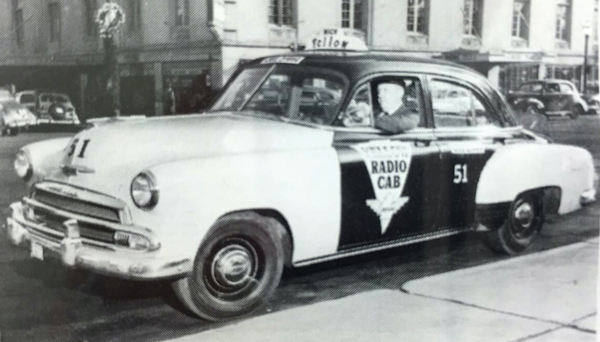 “TLPA is the only national and international association representing all segments of the local, passenger transportation for-hire industry,” LaGasse says. “This industrywide focus enables us to respond more quickly and effectively to the wide-ranging changes our industry’s market segments are experiencing.”
“TLPA is the only national and international association representing all segments of the local, passenger transportation for-hire industry,” LaGasse says. “This industrywide focus enables us to respond more quickly and effectively to the wide-ranging changes our industry’s market segments are experiencing.”
With so many moving parts, an increasingly varied membership, and scores of different regulations, requirements, and even trends to stay on top of, TLPA endeavors to keep its fingers on the pulse of not only its transportation professionals’ concerns but also the continuous goings-on of corollary factors influencing its members’ clients—an effort greatly assisted by populating its board with all stripes of operators.
“Serving on our board of directors are fleet operators (local, regional, national, and international) who represent the major market segments of our industry, including airport shuttles, corporate shuttles, executive sedans, limousines, nonemergency medical, paratransit, taxicab, and even legal TNCs,” LaGasse explains. “Through this diversified representation, TLPA is better able to understand and represent the full industry.”
Tristar Worldwide’s Mike Fogarty served as TLPA president in 2015, a position accompanied by a seven-year cycle of preparation before taking on the year-long leadership role: three years of serving on the board, three years of holding the vice presidency (each of those years also spent as co-chair for the three divisional committees), followed by a year of being the president-elect. And even at the end of a tenure, the out-going president remains an active board member and advisor.
| 1947 | 1966 | 1975 | 1990 |
|---|---|---|---|
| Following World War II, the two-way radio became the greatest innovation to the taxi industry since the taximeter and the automobile. Also in 1947, NATO and ATA formed a joint committee to address the issues created by the proliferation of more than 30,000 requests for radio frequencies within the industry. |
In October 1966, NATO and ATA merged into one organization, becoming the International Taxicab Association (ITA), representing taxicab company owners in the United States and Canada. | In 1975, the convention of the ITA was held in Toronto, Canada, marking the first and only time that the annual convention and trade show was held outside the U.S. ITA also moved its offices from Chicago to the Maryland suburbs of Washington, D.C., to be closer to the federal government. | ITA became the International Taxicab & Livery Association (ITLA) in 1990 to acknowledge the diversification of many members into the limousine and sedan business and the paratransit and contracting business. |
“One of the good things about having such a long road is that you are prepared when you finally take over the seat. You get familiar with the issues that each division faces so it gives you a more well-rounded perspective when it’s your turn to lead,” he says. “The TLPA does try to rotate leadership positions among the different divisions. The organization, first of all, wants someone qualified in that position and, second of all, wants to move it around so we bring different perspectives of the divisions to the leadership.”
It’s no secret that one of recent history’s biggest hurdles and most prevalent disruptors was the dawn of TNCs. Fogarty is quick to credit TLPA’s immersive approach to preparing for the presidency as being crucial in helping him brace for the onset of TNCs, which took a bite out of taxis’ bottom lines well before they even started registering on luxury chauffeured transportation operators’ collective radar.
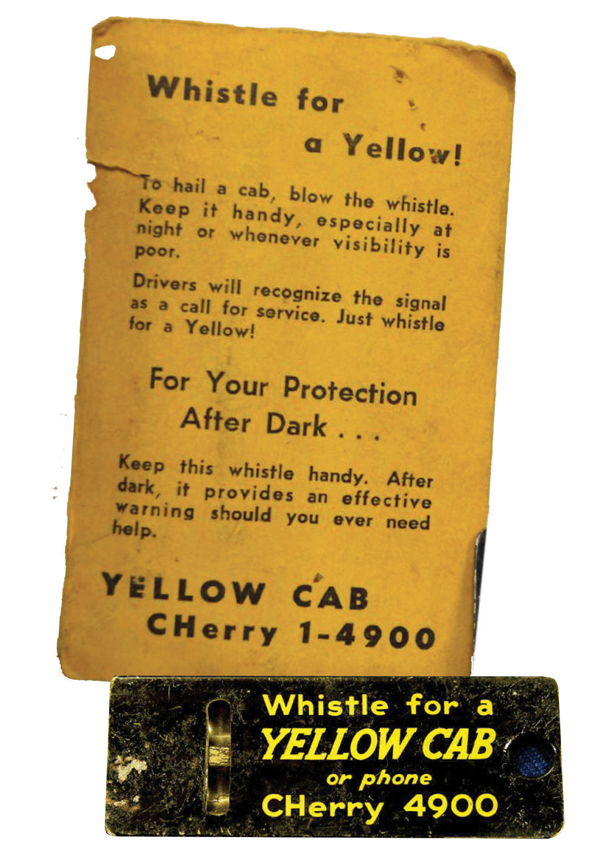 With taxis being the proverbial canaries in the mineshaft, Fogarty was able to help rally Massachusetts limousine operators—with the assistance of the local taxi presence, too—in the earliest days of what would prove to be a knock-out, drag-down fight that is only now showing signs of abating.
With taxis being the proverbial canaries in the mineshaft, Fogarty was able to help rally Massachusetts limousine operators—with the assistance of the local taxi presence, too—in the earliest days of what would prove to be a knock-out, drag-down fight that is only now showing signs of abating.
“People in the TLPA were exposed to exactly how much it was affecting the taxi industry early on; other limo operators hadn’t really experienced those dips themselves, so they just weren’t aware of what could happen,” Fogarty says. “Because of the experience we had fighting the TNC issue for a while, when it did come to Massachusetts, we pushed pretty hard with our coalition. We were able to pull together the taxis and the limo operators, and we got a good working group together to fight the issue in our state. We didn’t get everything we wanted, but we did see better results than a lot of places.”
Events, Education, and Initiatives
In its effort to present a unified front while reaching its audience directly, the TLPA puts on an array of events throughout the year. Its offerings range from the intimate (like the Spring Conference and Expo, which was held this past April in Palm Springs, Calif., and you can read about on p. 116) to the more specifically tailored (its Mid-Year International Leadership Conference, slated for July 12-15 in Anchorage) to its flagship Annual Convention & Trade Show, which will be celebrating its 99th year from October 8-12 in Denver this year and draws the biggest crowd of all.
Additionally, it hosts a legislative day in Washington, D.C., and various educational initiatives and webinars throughout the year that aim to deliver valuable, timely content to its members. It also distributes TLPA Media Watch, a digestible dispatch that rounds up the day’s biggest news in the industry to help members stay on top of current issues and events affecting their businesses.
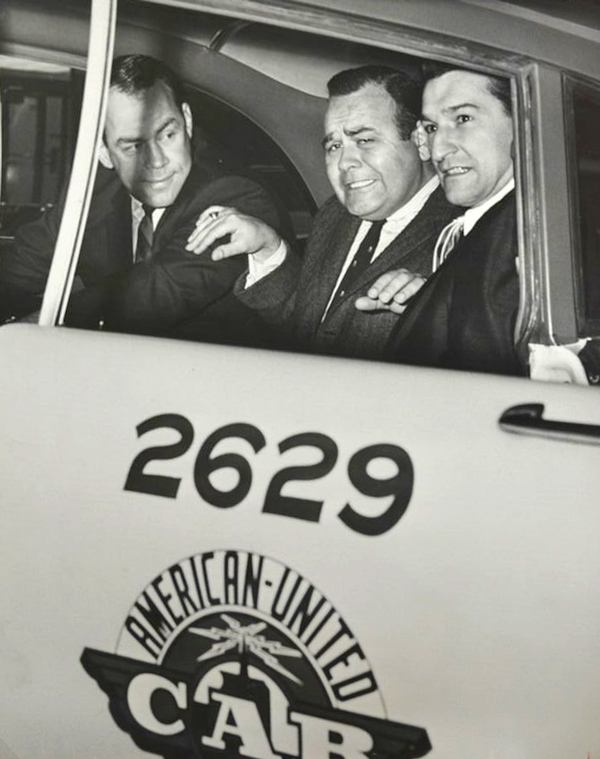 Most recently, each of the three divisions’ Steering Committees have been in various stages of creating alternative business model position papers outlining what members “need to do to compete in the new environment,” according to Fogarty. With taxis leading the charge, limousine’s position paper is currently underway with paratransit’s on the horizon.
Most recently, each of the three divisions’ Steering Committees have been in various stages of creating alternative business model position papers outlining what members “need to do to compete in the new environment,” according to Fogarty. With taxis leading the charge, limousine’s position paper is currently underway with paratransit’s on the horizon.
Initiatives like Who’s Driving You? and Fleet Forward deliver information of a highly specific kind. Who’s Driving You? was launched five years ago to lead “the national effort to effectively engage the media regarding the public safety failings of TNCs,” according to LaGasse. As Uber and its ilk enjoyed their place as media darlings, the industry needed to leverage its own PR power to combat technological infatuation with sobering information.
“Our message is clear—Uber doesn’t meet established public safety requirements and they should be brought into compliance,” LaGasse says of Who’s Driving You?. “The campaign uses social media, an exceptional website with great resources, and a highly credible news-media engagement program that uses press releases, op-eds, media statements, and lots of personal outreach through calls and visits to key reporters and media outlets to get our message out there. Our weekly Ride-Hail News is the most recent addition to this program.”
While Who’s Driving You? positions its members’ industry in a positive light by casting a critical eye on the dangers of TNCs with firsthand accounts, Fleet Forward goes a step further by heralding all the good that is to be found in the highly-regulated and law-abiding transportation world. This includes a Facebook page with more than 15,000 followers, weekly blogs, videos promoting TLPA’s members and events, and media engagement.
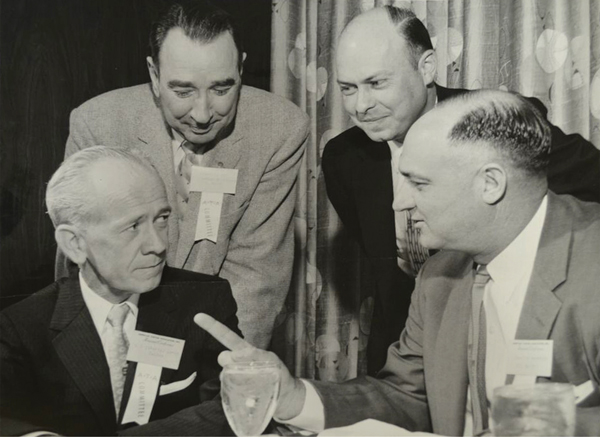 The TLPA also has community-directed projects presently underway, too. Transportation on Patrol connects local law enforcement with nearby members to foster a “neighborhood watch on wheels” program; days within its 2011 launch, in fact, a Denver taxicab driver witnessed a fatal hit-and-run accident in which he was able to lead police to the suspect.
The TLPA also has community-directed projects presently underway, too. Transportation on Patrol connects local law enforcement with nearby members to foster a “neighborhood watch on wheels” program; days within its 2011 launch, in fact, a Denver taxicab driver witnessed a fatal hit-and-run accident in which he was able to lead police to the suspect.
Meanwhile, TLPA Community Connections celebrates companies that have donated either monetary gifts or free rides to their neighbors in need, all the while, compiling annual data to reflect all the good that TLPA members have done over the year. “It’s amazing to see the generosity of our industry and how many types of organizations that we’re helping collectively,” Fogarty says.
The Team Behind the Scenes
For all it does, it is perhaps shocking to realize that the TLPA is essentially a four-person team, led by its dedicated CEO LaGasse. Executive Vice President Hal Morgan, Director of Marketing and Member Services Michael Nellenbach, and Member Services Coordinator Diane Kleinguenther round out the TLPA staff, and LaGasse relies heavily on them all to keep the wheels turning.
“With a staff of four, they all deserve a shout-out,” LaGasse says. “But the four of us could not possibly carry out the association’s work program alone, so we supplement staff with many consultants: two conference management consultants, a public relations firm with a team of six people routinely working on our account, two legislative representation firms, two law firms, one marketing firm, an accountant, and one technology/business strategy consultant.”
Fogarty is keen to give LaGasse the credit he won’t take for himself, though.
“Al LaGasse is the glue,” he says. “I can’t believe he still works as hard as he does on behalf of the organization every day. We’re really lucky to have some who’s been so committed—and remains so committed—to the industry.”
Blurring the Lines
With a history as rich and long-running as the TLPA’s, the association has had to adapt with the times and an always-changing transportation landscape on several occasions. LaGasse cites a few particularly notable shifts: the double-edged sword of technology providing TLPA members with increased efficiency and enhanced services but also allowing the biggest threat to their survival to thrive; an accelerated disruption brought on by the rise of TNCs; and navigating the transition that saw competition expand from a centrally located radius to a far more worldwide one.
But it’s the elimination of definitive lines separating taxicabs from limousines from paratransit that is less of a cause and more of a symptom of rapidly changing times.
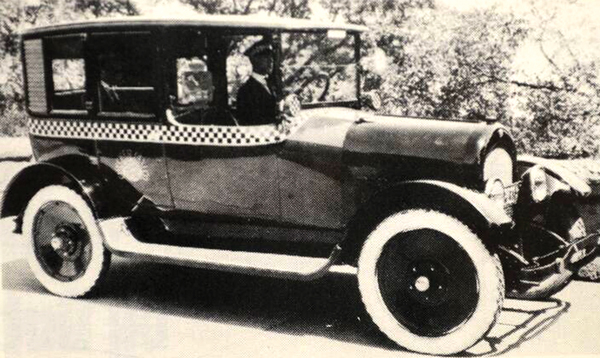 “We’re moving from very clear lines of distinction (regulations, services offered, pricing, etc.) between these different market segments of the local, passenger for-hire transportation industry to blurred lines, and now to Uber making progress at erasing the lines of distinction,” LaGasse says. “TLPA is well positioned to address this change, as it made the forward-thinking decision many years ago to move from representing a single market segment to representing the full for-hire transportation industry.”
“We’re moving from very clear lines of distinction (regulations, services offered, pricing, etc.) between these different market segments of the local, passenger for-hire transportation industry to blurred lines, and now to Uber making progress at erasing the lines of distinction,” LaGasse says. “TLPA is well positioned to address this change, as it made the forward-thinking decision many years ago to move from representing a single market segment to representing the full for-hire transportation industry.”
Fogarty has a similar take on the continually overlapping state of things.
“We’re seeing larger companies that operate in more than one division,” he says. “At the end of the day, you’re transporting people: There may be different service expectations for each of the segments but there’s a certain foundation of the service-delivery model that cuts across all lines, and there is a commonness of scale with running the businesses we’re in.”
So what does that mean for the future of the TLPA?
| 2000 | 2017 |
|---|---|
| In October 2000, at the Annual Convention & Trade Show in Las Vegas, the ITLA membership voted to rename the association the Taxicab, Limousine & Paratransit Association (TLPA). The new name more closely identified with the different types of transportation companies the association had now served and represented. That name—along with the association’s mission to serve the professional for-hire transportation fleet industry—remains today. | This year, TLPA is celebrating 100 years of proudly working on behalf of taxicab, executive sedan, paratransit, limousine, nonemergency medical, and airport shuttle fleets. TLPA is the oldest trade organization encompassing the transportation industry, with 1,000 members operating more than 100,000 vehicles and serving more than 900 million passengers annually. |
Looking Ahead
“You never know: It could be that TNCs become the fourth division because they are legal in the majority of states, regardless of how you feel about it—and I could tell you how I feel about it,” Fogarty says with a laugh. “And as they become legal in more and more locations, perhaps TNCs do become members of the organization.”
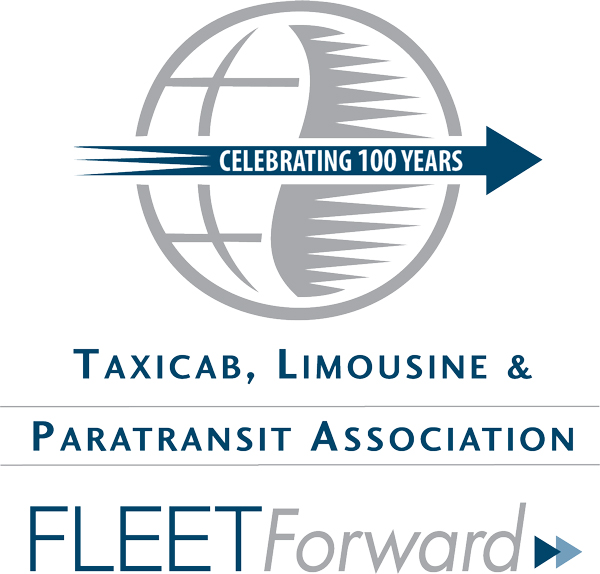 A year ago, LaGasse would have firmly disagreed; however, he, too, concedes that since TNCs are rapidly gaining legal standing and some members are even offering TNC-adapted services of their own, the winds of change are picking up speed.
A year ago, LaGasse would have firmly disagreed; however, he, too, concedes that since TNCs are rapidly gaining legal standing and some members are even offering TNC-adapted services of their own, the winds of change are picking up speed.
“With more than 80 percent of U.S. states passing laws to legalize TNCs, it is pretty clear that TNCs will be a significant part of our industry for the foreseeable future,” says LaGasse. “TLPA currently has two traditional fleet operators who have complied with their state laws to add a TNC operation to their companies. We are watching how those members integrate TNCs into their fleets and how the public responds.”
One thing is for certain, though: LaGasse’s faith that if the TLPA can weather the storms of the past 100 years, it will survive another century through determination, evolution, and a desire to support its members.
“We are transitioning from an association that tries to be all things to all members, to honing our financial resources into more fully understanding the disruption the industry is undergoing, and to determine how to most effectively counter that disruption,” LaGasse says. “Simply doing things the way we have always done them in the past will not work much longer for our members or for the association. We all must evolve in the way we do business to meet the challenges in front of us. The divisions we represent and the association have both changed dramatically in the past 100 years, and I’m certain that continued change is in our future for the next 100 years.” [CD0617]
Photos courtesy of the TLPA

